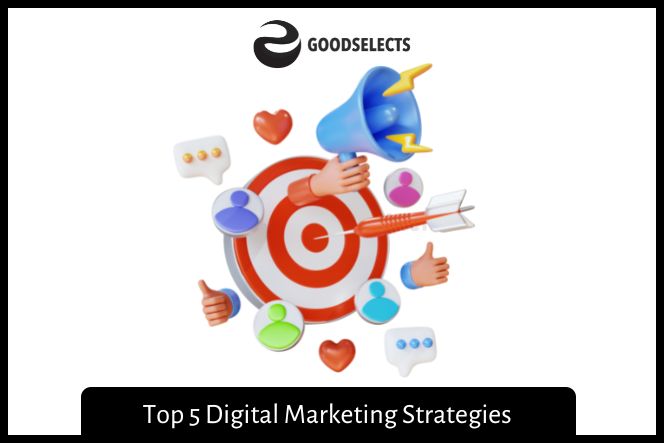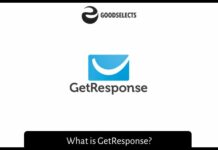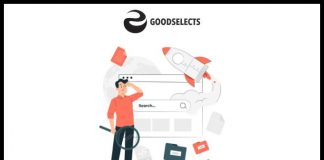Using personal data in ad targeting is crucial. Using contextual targeting, ad-servers display ads based on what the user is looking for. Another strategy for data collection is to offer a discount. Providing data to a third party creates an expectation of higher customer service, especially from a brand. In addition, short-form video dominates social media landscapes. For example, TikTok, Instagram Reels, and YouTube Shorts are gaining popularity amongst older demographics.
Personalization
The foundation of personalization is based on behavior data, and the first step in this process is to segment your customer base into groups of like-minded customers. For example, you might have mothers who shop for children exclusively or fashion-conscious young women who purchase new private label styles. Most companies start out by creating eight to ten behaviorally-based segments. These segments are then further refined, and more targeted ads are sent to each group.
Using data to personalize content is an effective way to increase customer loyalty. Companies that implement personalization effectively see up to 40% more revenue. They also reduce CAC by as much as 50% and improve the efficiency of marketing spend by as much as 30%. However, to effectively implement personalization, companies need to understand how to collect and analyze data. If done correctly, personalization can lead to an increase in revenue and reduced marketing costs by up to 30%.
Data-driven customer centric best practices have revolutionized the way businesses engage with customers. In today’s connected world, consumers expect brands to listen to their needs and create experiences tailored to them. With the massive shift in consumer behavior and the exponential growth in data volume, it’s more important than ever to implement a robust personalization strategy. Personalization helps companies differentiate themselves from their competitors and build brand advocates. And as long as personalization software is used intelligently, personalization will remain a critical component of any digital marketing strategy.
The best way to implement personalization is to take advantage of first-party data. This includes information about your current customers and clients. You can also leverage data collected from your website to personalize your digital marketing strategy. The more relevant your content is to your customers, the more likely they are to buy. This strategy is easy to implement and is an effective way to build customer loyalty. The challenge is to know which methods work best for your customers.
Retargeting
Retargeting is a powerful way to increase the ROI of your advertising campaigns and improve the chances of conversions. It works by creating lookalike audiences, which are groups of individuals who have similar buying habits and Internet usage as your previous customers. These people are ideal to push through your marketing funnel. Retargeting is an evergreen source of new leads that will continue to increase your ROI. Here are some reasons why it’s a valuable strategy for your business.
The main goal of retargeting is to serve relevant ads to former website visitors. This method can improve the conversion rate of online traffic because it targets people who showed initial interest in your brand. Retargeting ads can be a great way to take advantage of your budget because it compliments all other digital marketing strategies. So, what’s the best way to use retargeting to improve your business?
Retargeting works by personalizing your ads. For example, you shouldn’t use the same ad for different pages on your website. You’d need to create different ads for different pages, since not all of your audience is interested in the same kind of content. If you have several products, then you shouldn’t use the same ad for each page. Instead, use ads that are relevant to the content of the page that the user has visited.
Retargeting works wonders when done right. Remember that a successful retargeting campaign requires commitment and time. It may take a few months before you see the ROI, so make sure to monitor the results regularly. If you notice that your conversions are decreasing, you might need to adjust your message. You might need to change your CTAs or adjust the frequency of the ads that your audience sees.
Retargeting is another powerful strategy for converting website visitors into permanent customers. Various sources show that only 2% of web traffic converts on its first visit. This might be a cause for a sleepless night for you, and you’ve tried different marketing strategies in vain. However, retargeting has the solution to this problem. Your ads can appear on their screen and in the right places so that your prospective customers can see them.
Email marketing
Email marketing has long been considered a valuable part of digital marketing strategies, and it’s no wonder. It can engage leads who have expressed interest in your products or services, and it’s a great way to communicate with existing customers. Emails also act as a valuable engagement tool for businesses, as they educate audience members about the value of your brand. Almost 73% of consumers prefer to receive information from brands via email.
You can segment your audience by knowing the initial point of entry into your list. For example, if your list is primarily comprised of new subscribers, you should send them a welcome series of emails. If you sell products, you can segment your list by their interests in classical music or pop music. Similarly, you can use their location to notify them of local events or promotions. You can also use open rates to reward subscribers who engage with your content and send reminder emails when they haven’t purchased.
If your email list has lapsed subscribers, you can re-engage them with an ‘engagement campaign.’ In this campaign, you will send a series of emails to your list that prompt them to take the next steps in their customer journey. Using segmentation and timing your emails to coincide with the customer journey will increase your subscribers’ engagement. You can create multiple sequences of emails based on these different behavior types.
Another popular email marketing strategy is autoresponder email series. You can create a sales funnel by using your email autoresponder sequence. This strategy works well if your goal is to turn prospects into customers and to turn one-time buyers into repeat customers. To get started with this email campaign, follow these tips and you’ll be on your way to success. Your email list will thank you. It will help you build a stronger relationship with your customers.
Another important aspect of email marketing is measuring results. You should track and measure the percentage of open emails and click-throughs. These are top performance metrics for email marketing. In email marketing, you should target a 95 percent or higher delivery rate, and a high open rate. These metrics are also useful for evaluating the effectiveness of your campaign and helping you improve on it. So, don’t miss out on this crucial aspect of email marketing!
Pay-per-click
Pay-per-click (PPC) is one of the most common methods of online advertising. This method involves placing ads on web pages with a certain keyword. As a result, your ad will appear in front of potential customers when they are searching for the products or services you offer. You can target customers based on age, gender, location, interests, and behaviors. Another way to target potential customers is to use SEO or PPC strategies. These strategies work by serving advertisements to users who are most likely to purchase your product or service.
The value of pay-per-click advertising for marketers is great. It can boost your website traffic directly, which is crucial to your business’s success. Unfortunately, pay-per-click advertising is also competitive and data-intensive, which makes it an important strategy for business success. PPC metrics are vital in understanding how well your ads are performing, so pay attention to them and optimize them for maximum impact.
The price of pay-per-click advertising is dependent on the keyword that you choose. Small businesses can benefit from investing a few hundred dollars to get their name in front of potential customers. Large companies may invest tens of thousands of dollars per month. However, the cost of pay-per-click advertising depends on the competition of the keyword. The higher the competition, the more expensive your ad will be.
Another benefit of PPC is its ability to reach a larger audience than traditional methods. It can target the audience that is most likely to buy your product or service. Unlike traditional marketing, PPC can be easily adapted to suit a variety of business objectives. Because PPC can be easily tracked, small businesses can compete with large corporations. One of the benefits of PPC is that it is more affordable and adaptable than traditional marketing methods.




































